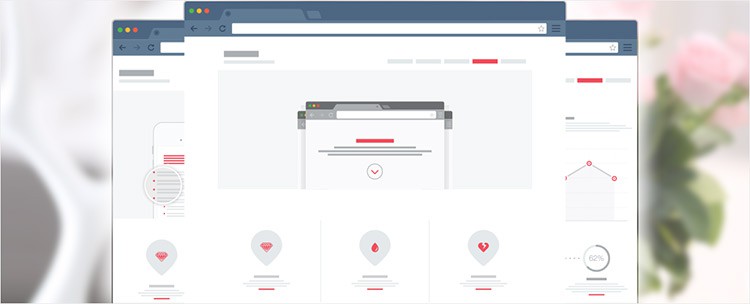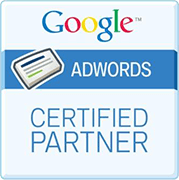It’s hard to stand out from the crowd, especially as a small business.
In a hyper-digital age where businesses feel obliged to be present around the clock in at least three different online spaces just to keep up with competition, highlighting the uniqueness of your business can seem like a near-impossible feat.
We’ve made that seemingly herculean task easier for you – we’ve compiled a list of five effective ways to start making your small business pop online.
1. Insight into your market

Knowing your target market is so crucial in the process of differentiating your business that you should probably hold off on any official communication until you’ve actually figured this out. After all, how do you know what to say until you know who you’re speaking to?
Familiarising yourself with your target customer will help identify how you should be addressing and approaching them, and how you can catch their eye.
Give some thought to your target customer, and begin to sketch out what you know about their lifestyle, habits, preferences, desires and needs.
Some things to consider:
- Are you looking at a particular gender?
- Maybe a particular age range?
- What platforms do they use?
- What blogs might they read?
- Are you catering to a particular niche, or are you targeting a broad range of people from diverse backgrounds and positions?
- How might you begin to grab this person’s attention?
Consider their consumption habits and the ways in which they might acquire information about products and services in general.
2. Your point of difference

In order to stand out, you need to ascertain what differentiates your business in the market.
How are the products or services you offer unique? What kind of edge does your business have?
To work this out, you’ll need to do some research: you should start by objectively and honestly evaluating the quality and benefits of the products or services your business offers. You would also want to learn more about both your target market and your competition.
Some elements to take into account:
- What are your customers’ needs and desires?
- Consider your target customer – what are they really wanting from your business, and from your competitors?
- What are you able to provide that fills some kind of problem in the life of your target customer? What solutions are you able to provide them?
- What are the key strengths and weaknesses of your business in relation to your competitors?
- What are you able to offer your customers that your competitors can’t (and vice versa)?
- Look at the key features of the products or services your business offers. What positive values do these offer your customer? What benefits are associated with them? How do these compare to what is already on the market?
- What are you able to contribute to the current market? What lack is there in the market that you are able to fill? What are you able to provide that gives you an edge over your competitors? Ultimately, what makes you different?
3. A sharp logo

Essentially, your company logo is your business’ face to the world. It’s one of the very first things that prospective customers will see when they visit your website or look at your product packaging.
Logos are vital in the creation of a brand identity for a business – they work to invoke trust and recognition, and to make your business stand out as unique.
An effective logo will encompass the service, product, message and image of your business. It should connect your website to all your marketing and promotional materials. It should be simple, visually appealing, memorable and timeless (and appropriate to your business). It will also conjure up the feeling(s) you want your target market to associate with your company.
This, however, doesn’t have to be flashy. Simplicity is the best policy here, as with most elements relating to branding and marketing.
A good logo will anchor the visual theme of your website and help consolidate what your business/brand is all about. An overly complicated, fussy one, however, will just be confusing and distracting.
4. A well-designed website

As with your logo, first impressions count for a lot. Your website is the most immediate, direct way in which your point of difference can be communicated.
It’s therefore important that it’s as concise, readable, user-friendly and visually appealing as possible. It’s also vital that it doesn’t look like everyone else’s.
Some questions to ask yourself:
- Is your website custom-designed, or based on a generic template?
- Does it reflect the personality of your business and brand?
- Will visitors to your site feel like they’re actually interacting with a real human being?
- Does everything about your website reflect who you are as a business owner?
- How does your site compare to those of your competitors? Is it at least as good? How is it unique?
5. Provide fresh, quality content

Fresh, regularly updated content is beneficial for a number of reasons.
It can be useful for SEO and can influence rankings, and more content can mean that there are ultimately more ways for customers to find you. It also shows customers that your business is active, current and engaged.
A blog can be an effective way of consistently providing fresh, unique content for your website, and for establishing your business as an informational one. It will serve as the “voice” of your brand, and can help position you as an expert in a particular industry. Ultimately, all of these things will give you a distinct edge.








